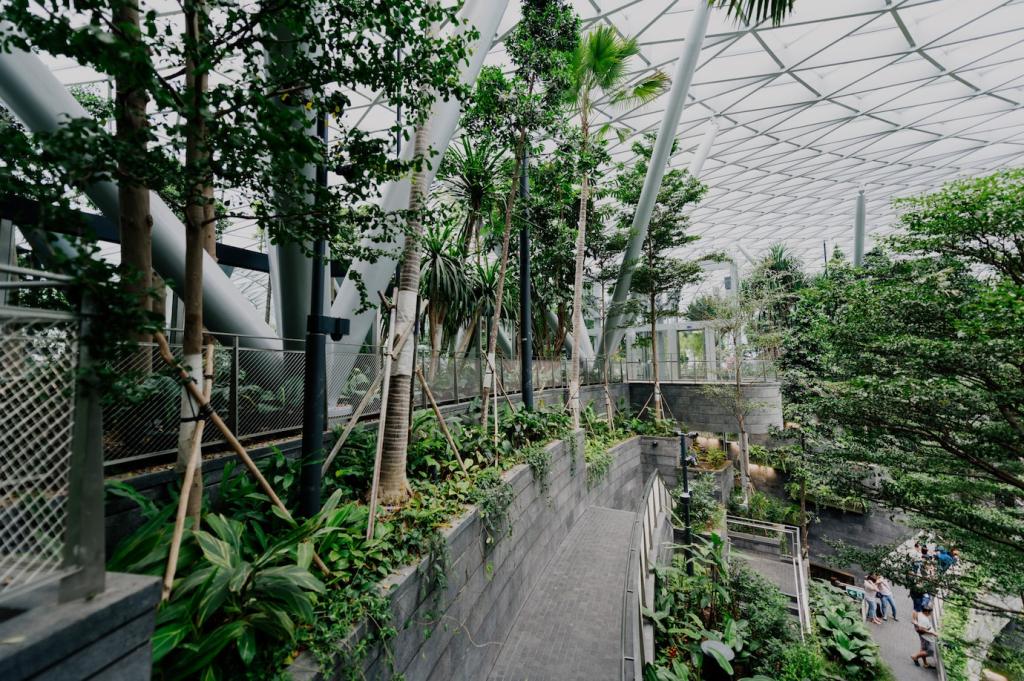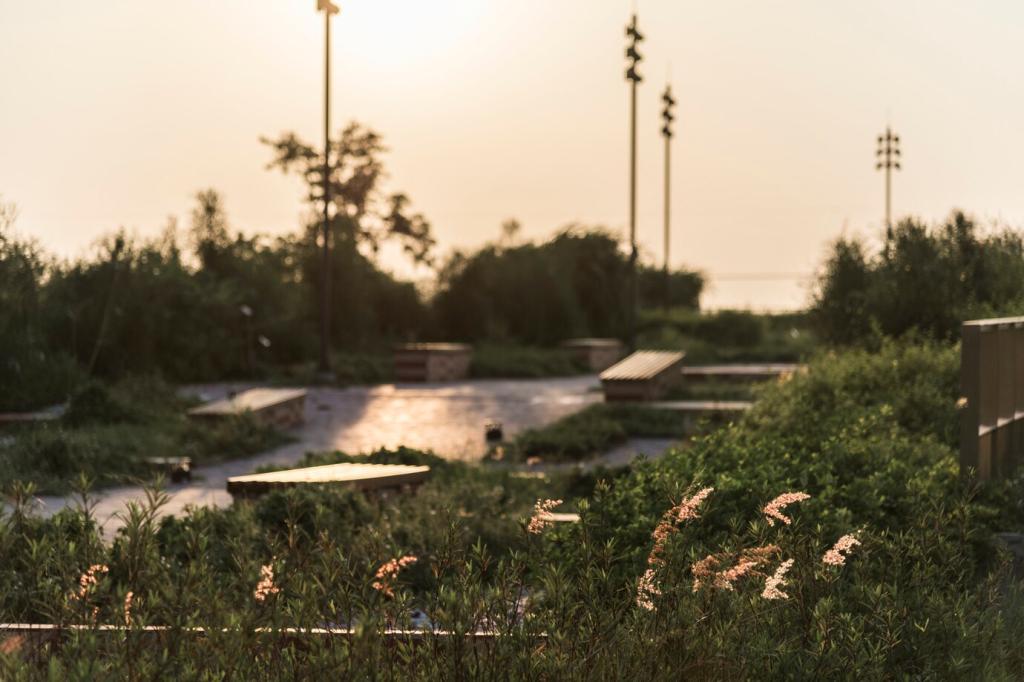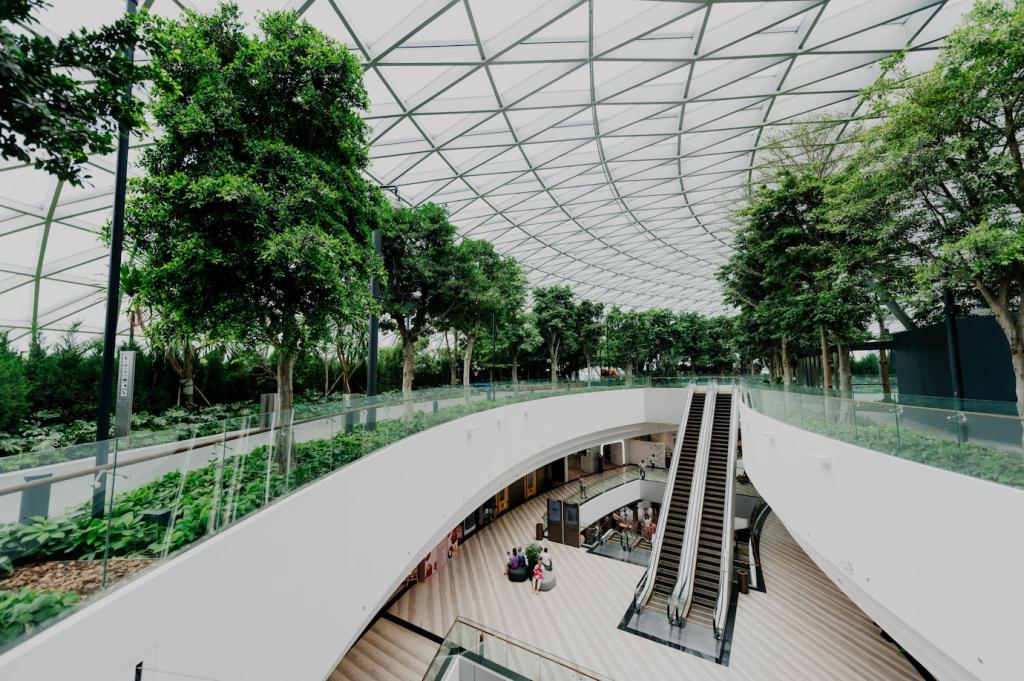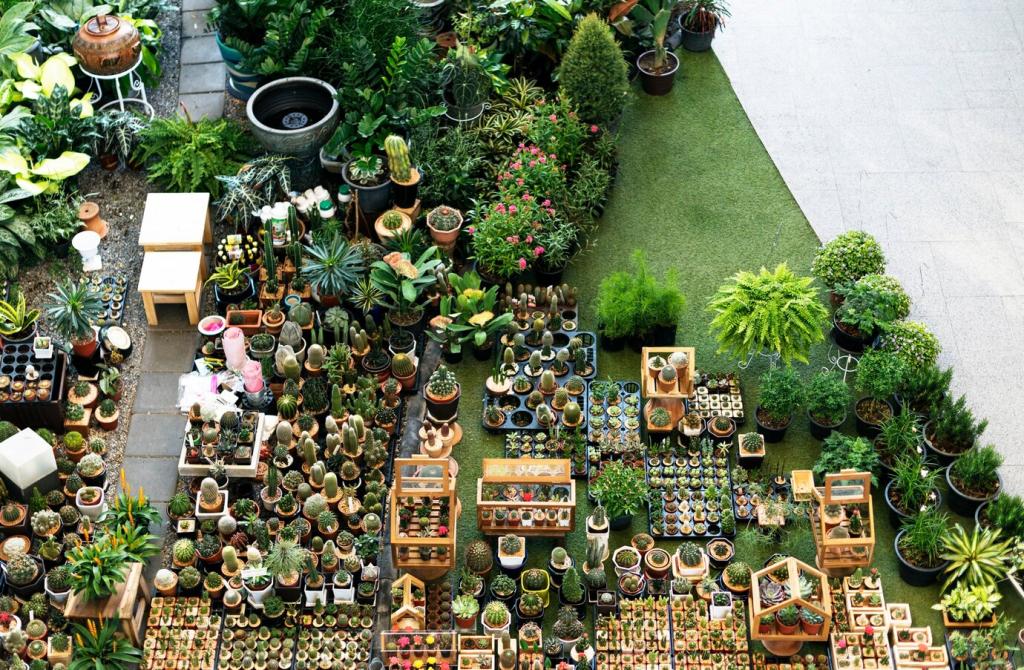Sustainable Landscaping Practices: Innovative Eco-Friendly Techniques
Sustainable landscaping is transforming outdoor spaces by incorporating eco-friendly methods that benefit both the environment and property owners. Modern approaches to landscaping are moving beyond aesthetics, focusing on techniques that reduce resource use, support biodiversity, and create beautiful, resilient outdoor areas. As environmentally conscious homeowners and professionals seek responsible solutions, embracing innovative sustainable practices becomes essential for a greener future.

Eco-Conscious Site Planning
Evaluating local climate patterns and soil characteristics is foundational for sustainable landscaping. This includes studying sun exposure, rainfall quantity, wind patterns, and native soil structure. By selecting plants and materials native or well-suited to the region, landscapes require less water, fertilizer, and maintenance. Soil assessment also reveals opportunities for natural drainage and helps prevent erosion, contributing to a resilient and self-sustaining landscape.
Retaining mature trees and healthy native plants is a strategic choice in eco-conscious planning. These established plants already support local wildlife, prevent soil erosion, and require minimal resources. Preserving them maintains existing habitat corridors and provides valuable shade, which can reduce energy consumption for nearby structures. Integrating old growth into new designs ensures a thriving, low-impact environment.
Smart site planning incorporates natural water flow and captures rainwater to reduce dependence on irrigation systems. Positioning garden beds, swales, and permeable surfaces thoughtfully directs runoff to planted areas and replenishes groundwater. Utilizing natural slopes and rain gardens prevents water waste, fosters lush growth, and mitigates flooding issues, all while conserving this essential resource.
Smart Water Management
Choosing drought-resistant plants, also known as xeriscaping, minimizes the need for supplemental watering. These species are naturally adapted to local conditions, survive with minimal moisture, and often require less maintenance overall. Drought-tolerant plant communities not only withstand dry spells but also support pollinators and other wildlife, providing ecological benefits while conserving water.
Efficient irrigation technologies, such as drip systems, moisture sensors, and smart controllers, dramatically reduce water waste. Drip irrigation delivers water directly to roots, minimizing evaporation and runoff. Moisture sensors help determine optimal watering schedules based on real-time soil conditions, ensuring plants receive just what they need. These tools together contribute to a sustainable, water-wise landscape.
Collecting rainwater and reusing greywater from sinks or showers can supplement irrigation needs and reduce demand on municipal systems. Rain barrels, underground cisterns, and constructed wetlands can capture and filter runoff for garden use. Incorporating water reuse solutions not only conserves freshwater but also educates property owners about the value of this essential resource.

Soil Health and Regeneration

Composting and Organic Matter Integration
Integrating compost and organic materials into garden beds nurtures soil life and improves its structure. Composting yard and kitchen waste returns vital nutrients to the ground, minimizing landfill contributions. This practice builds rich, porous soil that retains moisture more effectively, supports healthy root systems, and reduces the need for synthetic fertilizers, all while closing the nutrient loop.

Cover Cropping and Mulching
Planting cover crops between growing seasons and mulching exposed soil helps prevent erosion and suppress weeds. Cover crops add organic matter, fix nitrogen, and foster beneficial microorganisms within the soil ecosystem. Mulches—whether organic like wood chips or living like groundcovers—conserve soil moisture, moderate temperatures, and reduce erosion, further enabling self-sustaining landscapes.

Reducing Chemical Inputs
Prioritizing non-toxic alternatives over synthetic pesticides and fertilizers preserves soil health and neighboring waterways. Organic amendments promote natural fertility, while beneficial insects and integrated pest management encourage balance within garden ecosystems. Limiting chemical inputs protects pollinator populations, nurtures soil biodiversity, and minimizes adverse effects on surrounding environments.

Native and Biodiverse Plantings
Sourcing and planting vegetation indigenous to the region ensures strong ecological compatibility. Local plants are adapted to climate extremes, local soils, and native pollinators, forming the ecological backbone for surrounding wildlife. Utilizing regional natives reduces resource input, lowers management costs, and strengthens ecosystem resilience in residential and commercial developments.

Locally Sourced and Recycled Products
Using materials harvested nearby or reclaimed from previous use supports both the environment and local economies. Locally sourced stone, reclaimed brick, and recycled-content pavers reduce the transport emissions and resource depletion typical of conventional landscaping. These products often carry distinct stories and aesthetics, adding character while minimizing environmental costs.

Permeable Surfaces and Green Infrastructure
Permeable surfaces, such as gravel paths, porous pavers, and vegetated roofs, support natural water infiltration and mitigate urban runoff. Allowing rain to soak into the ground helps reconnect the water cycle and reduces pollution entering nearby waterways. Integrating green infrastructure elements, like bioswales or rain gardens, works together with permeable hardscapes to support overall site health.

Minimizing Artificial Chemicals and Sealants
Reducing reliance on harsh chemicals, sealants, and finishes in hardscape construction preserves surrounding environments. Opting for non-toxic, plant-based, or VOC-free alternatives protects human health and prevents leaching into soil or water systems. This low-impact approach safeguards both the user experience and the wider ecosystem, making it a foundational principle of sustainable landscaping design.

Shade Trees and Windbreaks for Climate Control
Strategically placed shade trees reduce summer heat gain in homes and hardscapes, lowering air conditioning needs. Natural windbreaks—rows of trees or shrubs—buffer buildings from cold winter winds, reducing heating requirements. These living solutions create microclimates that enhance outdoor enjoyment and support greater energy efficiency throughout the year.
Carbon Sequestration through Biomass
Landscapes with abundant vegetation and healthy soils act as effective carbon sinks. Trees, shrubs, and deep-rooted grasses capture atmospheric carbon and lock it away in living biomass and organic soils. Designing to maximize plant density and longevity increases carbon capture, supporting both local wildlife and broader climate initiatives.
Using Solar-Powered Features
Incorporating solar-powered lighting, water features, or energy systems further reduces the carbon footprint of landscaped areas. Solar energy provides clean, renewable power for garden lights, irrigation controllers, and even small pumps. By harnessing the sun, sustainable landscapes operate efficiently and demonstrate practical ways to support a low-carbon future.
Waste Reduction and Sustainable Maintenance
Turning pruned branches, grass clippings, and fallen leaves into on-site mulch keeps valuable organic matter within the landscape. This resource suppresses weeds, retains soil moisture, and slowly decomposes to feed plants. On-site mulching closes the nutrient loop, reduces hauling and disposal costs, and eliminates the emissions associated with transporting green waste elsewhere.

